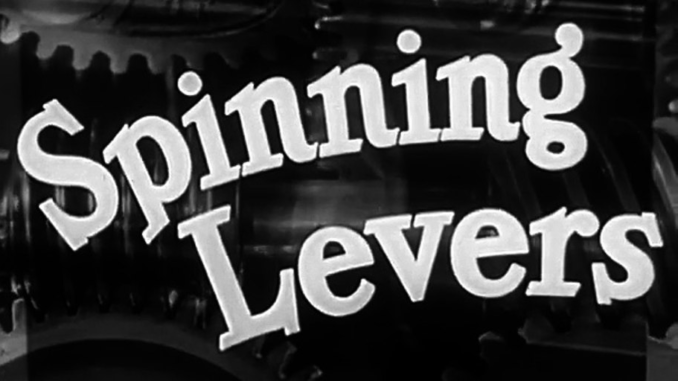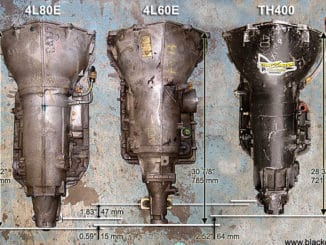
The Power of Levers and Gears: Ancient Wisdom in Modern Machinery
In ancient Greece, a brilliant mind named Archimedes understood the immense power of a lever. He famously said, “Give me a lever long enough and a fulcrum on which to place it, and I shall move the world.” Archimedes recognized that the potential of a lever is practically unlimited. Today, we witness the application of this fundamental principle in various aspects of our daily lives, from simple tools like can openers to complex machinery like automotive transmissions. Let’s delve into the power of levers and gears and explore how they shape our modern world.
Levers
The concept of a lever is simple yet powerful. It consists of a rigid bar supported by a fixed point called a fulcrum. One end of the lever is longer than the other, creating a mechanical advantage. By applying force to the longer end, we can lift or move heavy objects with less effort. For instance, if we place a 10-pound weight on one end of the lever and a 5-pound weight on the other, they will balance. This demonstrates the principle of leverage: a smaller force exerted over a longer distance can counterbalance a larger force over a shorter distance.
By manipulating the shape of a lever, we can transform it into various forms like a crank or a double crank. These modifications allow us to amplify the force or achieve continuous motion. In fact, even paddle wheels, used in various applications, are essentially a continuous series of levers. By employing gears and gear wheels, we can make the wheel stronger, reduce friction, and ensure smooth power transmission.
Gears
Gears play a pivotal role in our modern machinery, with millions of them spinning in the transmissions of our automobiles. In a vehicle’s transmission system, gears are used to transfer power from the engine to the wheels. To understand how gears work, let’s examine a simplified model.
The transmission system consists of several shafts, including the engine shaft and the shaft connected to the wheels. These two shafts are linked by a counter shaft, and gears are used to transfer power between them. The gears on the engine shaft and the counter shaft are always in mesh or connected. Additionally, there is a gear on the drive shaft, which can freely rotate around the shaft and mesh with another gear on the counter shaft.
To switch between different gears, a short shaft called a clutch sleeve is employed. It can slide back and forth on the drive shaft but cannot rotate with it. By moving the clutch sleeve, we can engage different gears and control the power flow. For instance, in low speed, we can achieve maximum leverage by connecting the smallest gear on the counter shaft with the largest gear on the drive shaft. This configuration allows us to start a heavy automobile with great force. As we shift gears, we adjust the gear engagement, enabling higher speeds and smoother power delivery.
Synchronization
While shifting gears, engineers faced challenges such as noise and wear due to the difference in gear speeds. To address this issue, they developed synchronizers. These mechanisms ensure that the gears reach the same speed before engaging. Think of it as a cork twisted into the top of a bottle—the cork will turn until it is tightly synchronized with the bottle’s rotation.
Similarly, in a transmission system, synchronizers work by aligning the gear speeds before they come together. This synchronization prevents clashes and allows for quiet and smooth gear shifts. Modern automobile transmissions incorporate synchronizers, enabling drivers to shift gears effortlessly at any speed.
The ancient wisdom of levers and gears continues to shape our modern machinery. From Archimedes’ insights on leverage to the intricate mechanisms of automotive transmissions, these principles form the foundation of countless tools and systems we rely on every day. Understanding the power of levers and gears allows us to appreciate the marvels of engineering that make our lives easier and more efficient. So, the next time you open a can or shift gears in your car, remember the timeless wisdom of Archimedes and the incredible capabilities of levers and gears.




